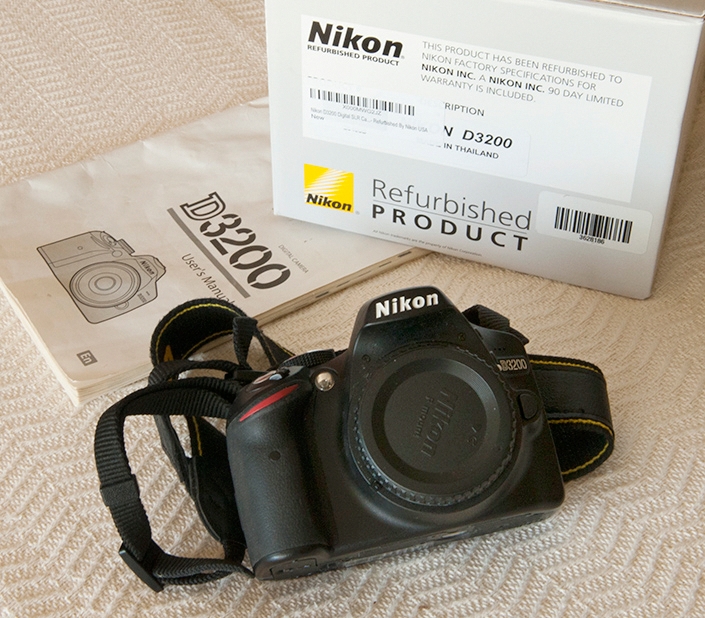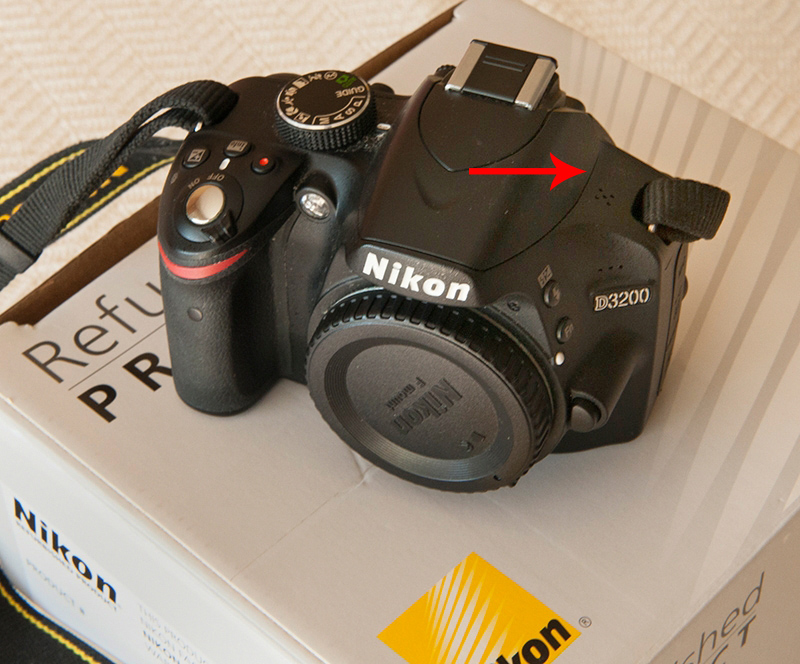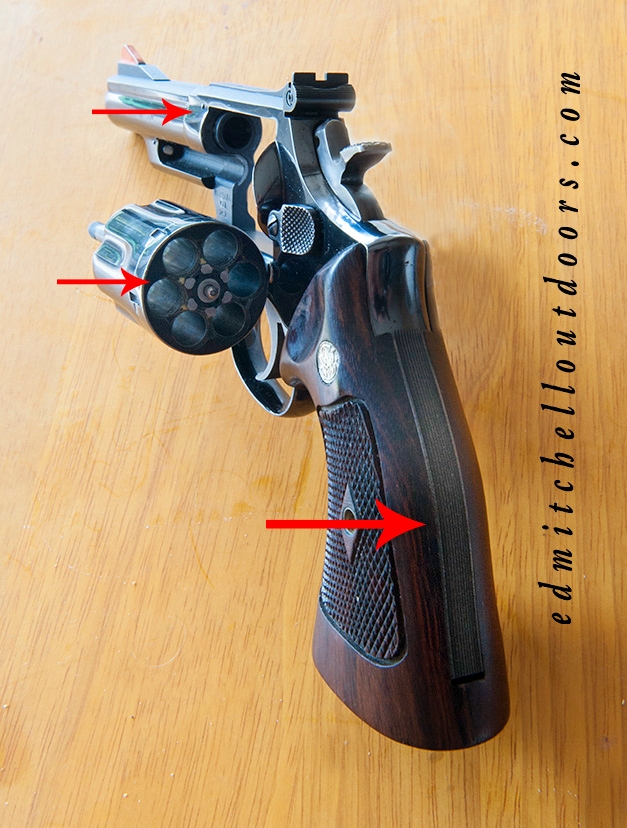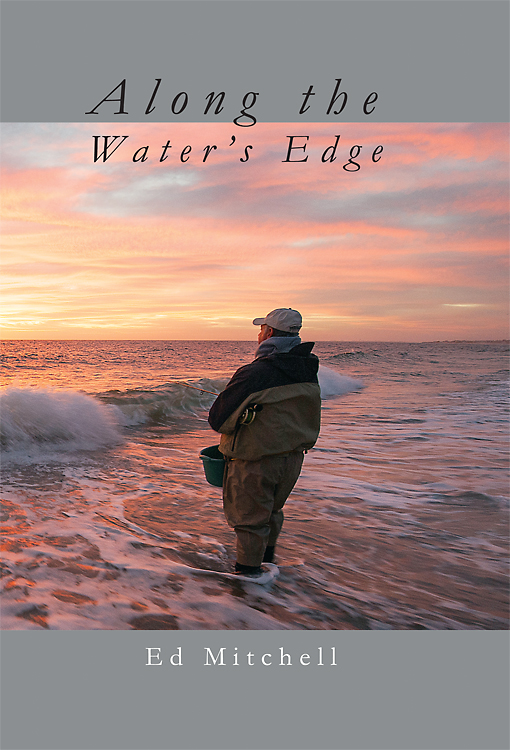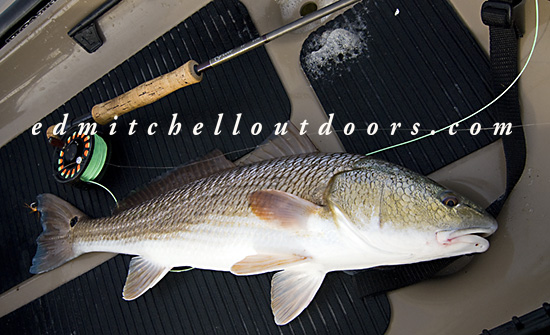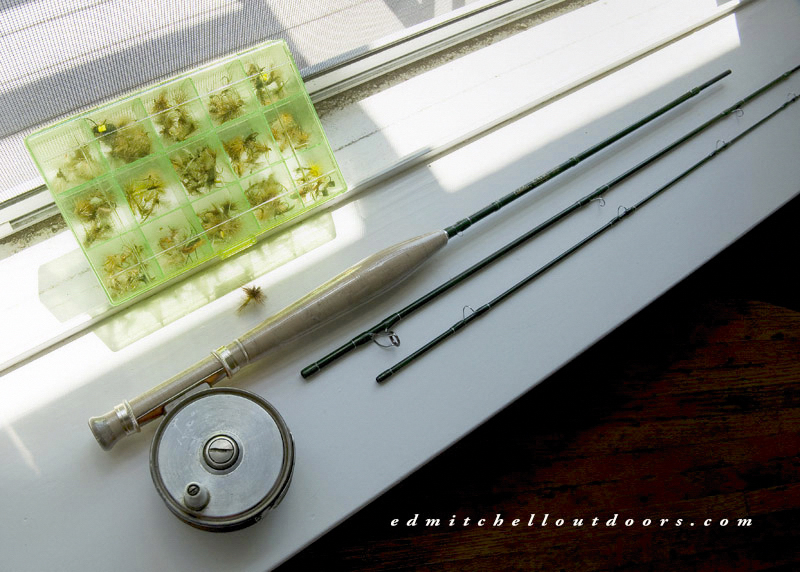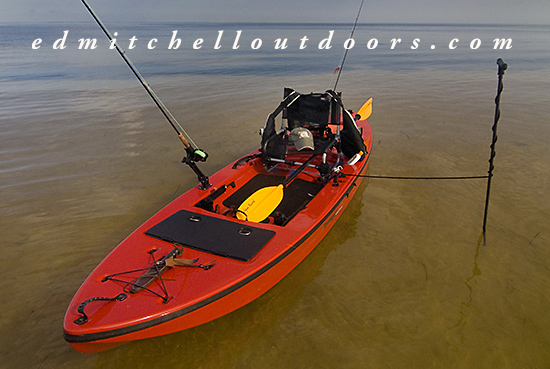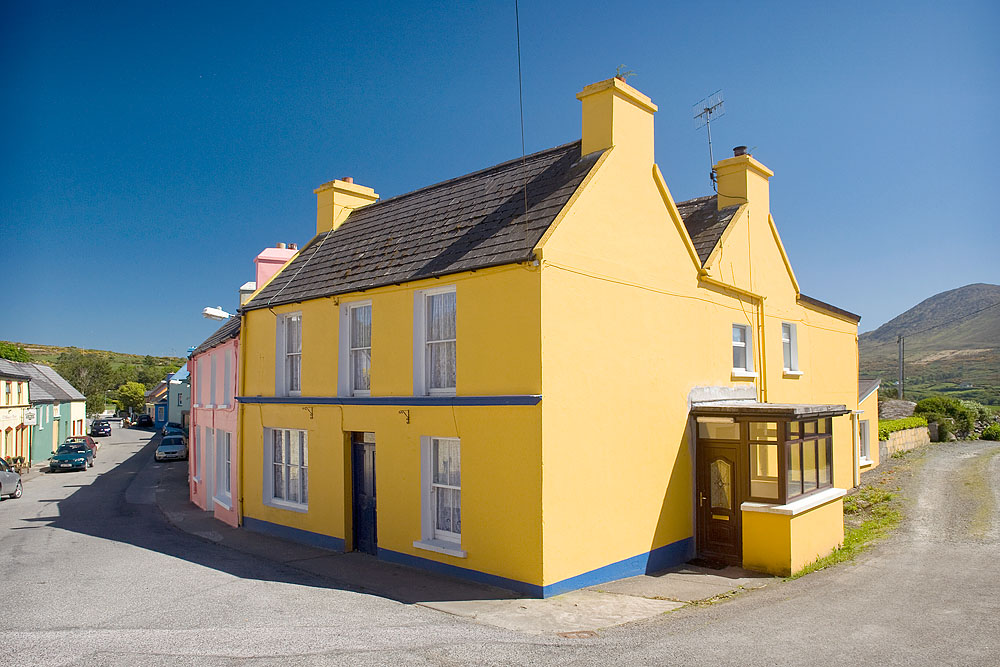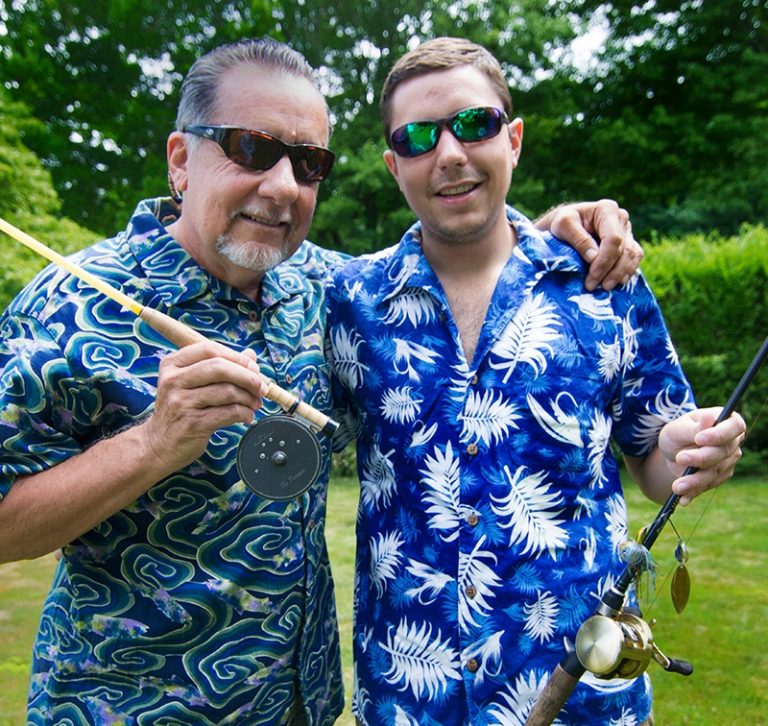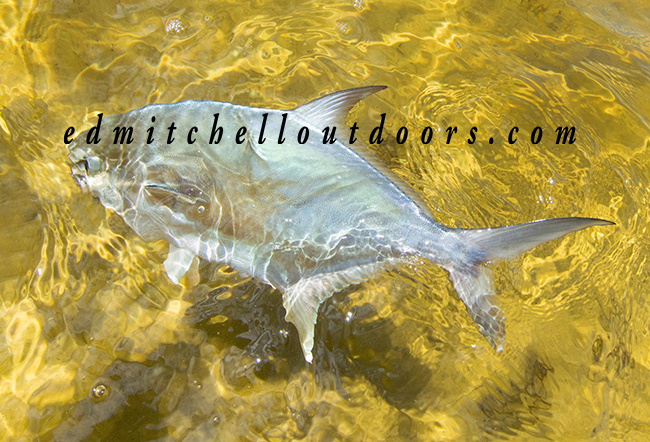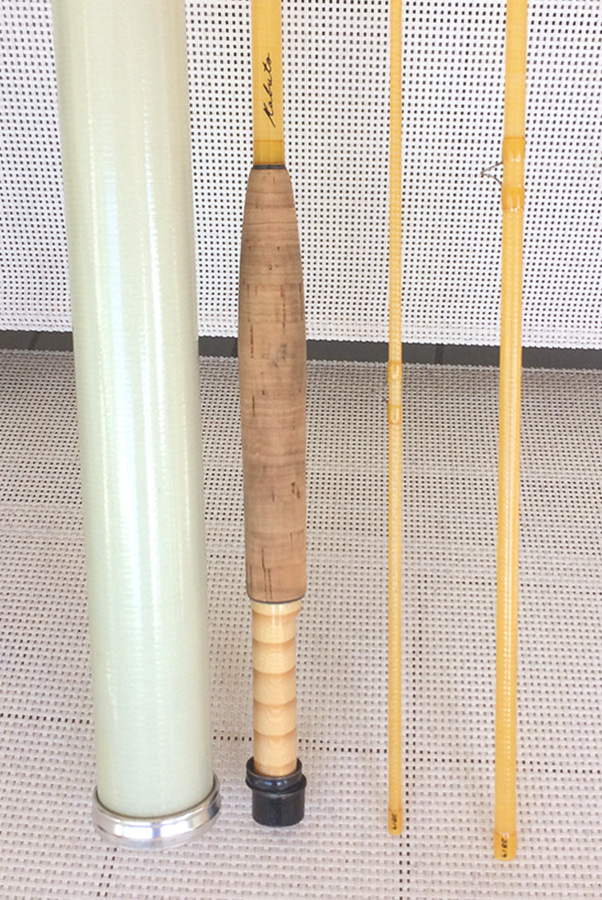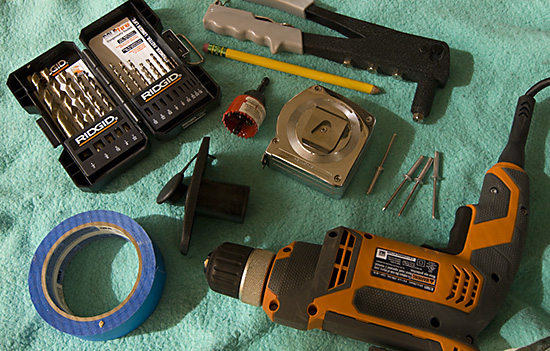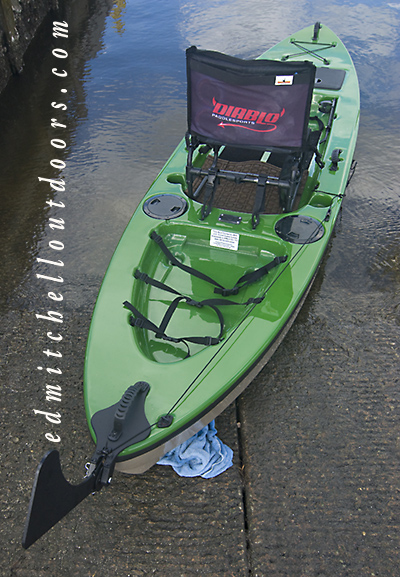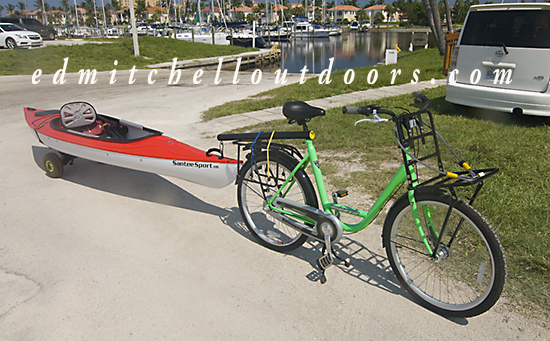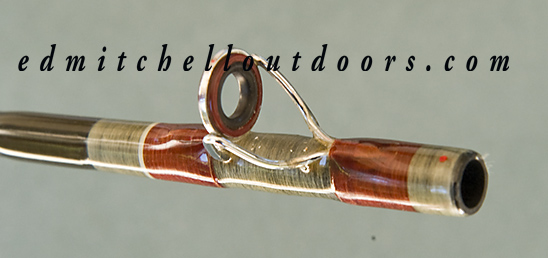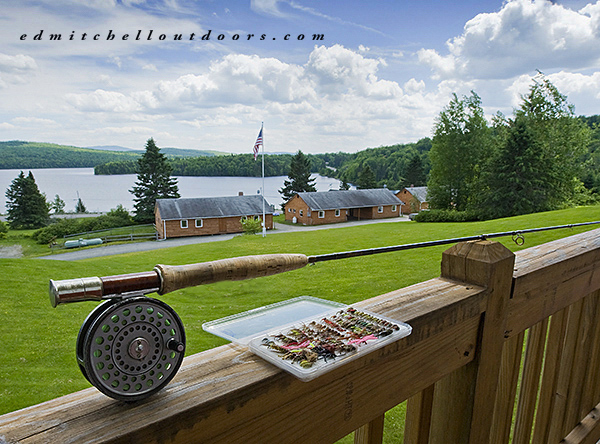It turns out my heavy cold is actually the damn flu!. Hence I’m still not on the water. Oh well, that’s life. But we can use this down time to review a fantastic little camera. A refurbished Nikon D3200.
For a god’s age, a Nikon D200 was my trusty fishing camera. It rode in many a boat and went down many a beach. But it finally succumbed to a rogue wave in the kayak. I was bummed out. Of course, my first inclination was to replace it with another D200. They were out of production by then, so I was looking at used ones. That’s when I came across this refurbished Nikon D3200 online.
Right off I noticed that the D3200 had a plastic body, not the metal “pro” body on the D200. One strike against it. But the D3200 boasted a whopping 24 megapixel sensor! (The D200 had 10 megapixels.) On top of it the D3200 shot 1080 video. (The D200 had no video capability). At that point the D200 was looking like yesterday donuts.
Was I worried about the refurbished part? A little. Had never done that before. But was a refurbished camera any more prone to failure than a used camera? Na. In fact you could make a case that a camera right from the factory was apt to be better. And besides, it came with a 90 day warranty.
In the end I bought the refurbished D3200. Glad I did. It is a high performance camera at a rock bottom price. (On the internet for $250) There are a couple of things to note, however. As seen in the above photo, unlike a “pro” series Nikon DSLR, the D3200 has controls on the right side, but no additional quick controls on the left. This slows down accessing some menu items. I haven’t found this to be an issue,however. Second, be aware that the D3200 will not auto focus some older lenses. For example, the D3200 works with my Nikon AF-S lenses, but not my older Nikon D series. So be sure to check auto-focus lens compatibility before purchase.
For a little extra money, you can buy a refurbished D3200 with a “kit” wide angle. Sweet deal that. Me, I opted for something far better – a Tokina 11-16mm AT-X Pro DX II. (older Tokina DX lens will not auto focus with the 3200) Okay, okay, its $500. But this puppy optically out performs $800 wide angle lenses. Teamed with the D3200’s humongous, high-horse power, 24 mexapixel sensor, its a dynamite package. Great image quality. You gotta love that.
PS. The D3200 body weights a mere 18 ounces, making it very light in the hand. Nice. Compare that to my D700 body at 38 ounces!

